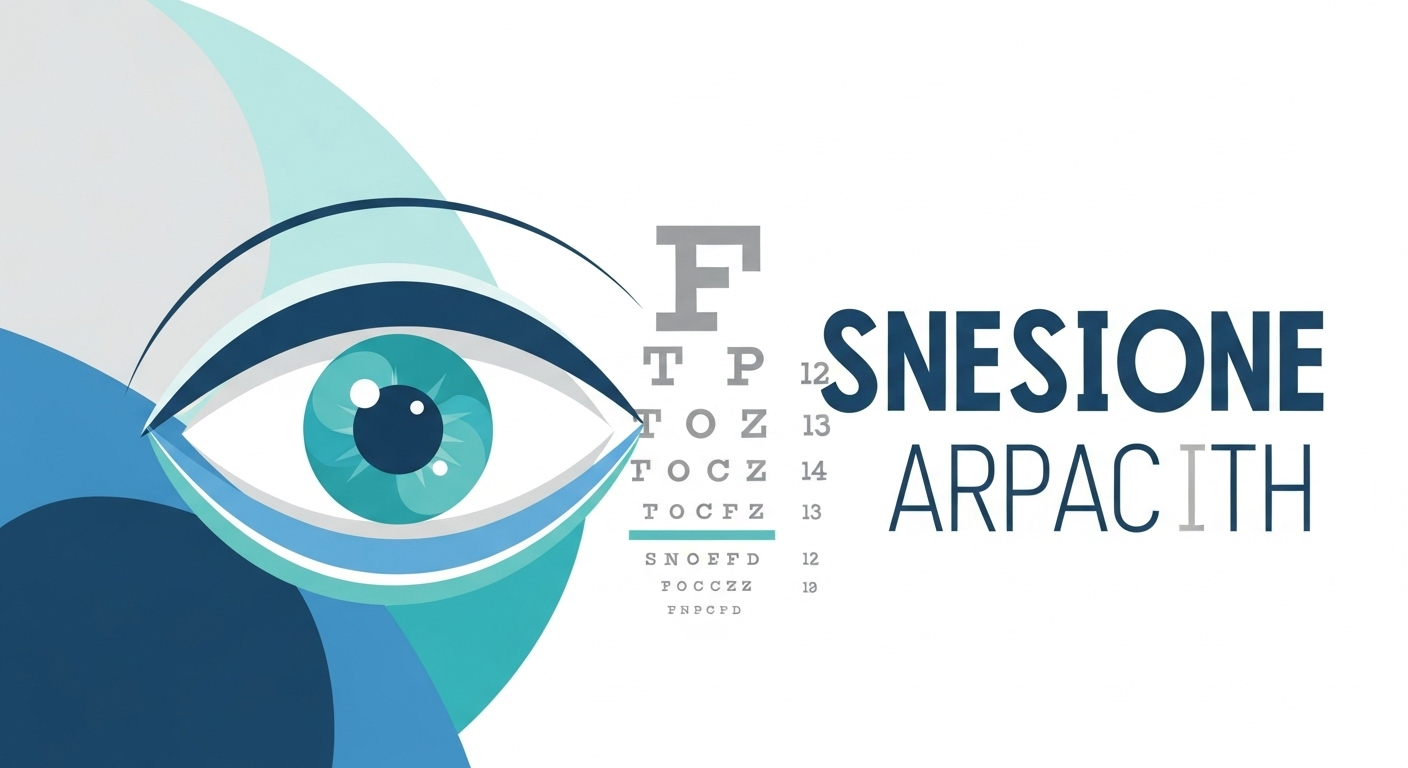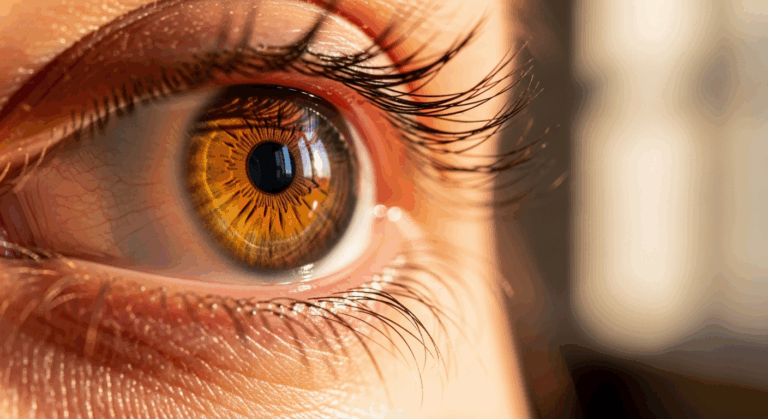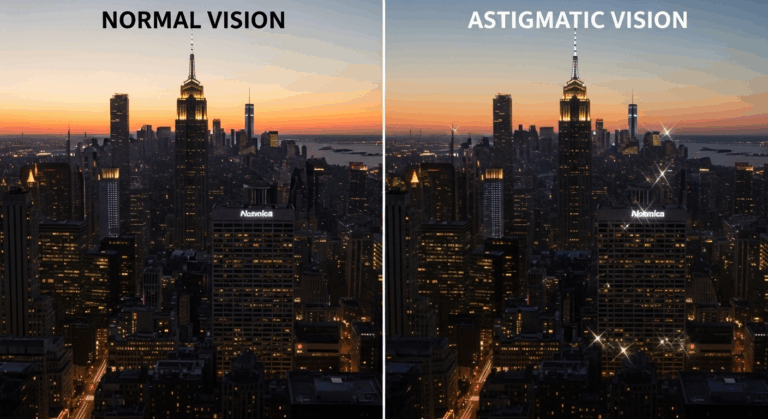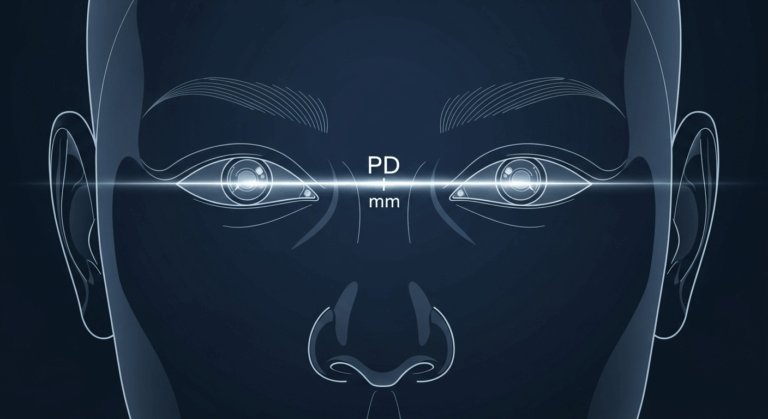We get asked this question a lot: “What exactly is 20/200 vision?” It’s one of those numbers that sounds clinical but actually describes something pretty easy to picture once you break it down. In this article I’ll walk you through what 20/200 vision means, what it typically looks like in everyday life, whether it’s “bad,” how (and if) it can be corrected, driving implications, and the legal blindness definition — all in plain language you can use when talking with your eye doctor.
What is 20/200 vision?
Think of the Snellen chart (the classic eye chart with the big E at the top). Visual acuity is written as a fraction: the top number is the testing distance (usually 20 feet in the U.S.), and the bottom number is the distance at which a person with normal vision could read the same line. So 20/200 means you must stand 20 feet away to see what a person with normal vision can see at 200 feet. In other words, things are about ten times less clear for you than for someone with “normal” 20/20 vision.

What 20/200 vision looks like (everyday examples)

Hazy street signs and lost details
At 20/200 you might be able to read the big headlines on a billboard, but smaller text or faces at a short distance will blur into indistinct shapes. It’s like looking through a fogged window or squinting with sunglasses on — the outlines are there, but the fine details are gone.
At home and on the street
You could usually make out a person walking toward you, but you’d struggle to read a license plate until you’re very close. Reading standard-size text without magnification is generally not possible. Vision simulators that blur photos to different acuity levels can help people grasp the difference — they make 20/200 look much less detailed than normal sight.
Is 20/200 vision bad?
Short answer: yes — it’s significantly impaired. But “bad” depends on context. It’s a serious drop from normal vision and will affect many daily tasks (reading, recognizing faces, driving). That said, “bad” doesn’t automatically mean you have no usable vision — many people with 20/200 can still get around with aids and adaptations. Importantly, the cause matters: some conditions causing 20/200 can be treated or improved, while others are permanent.
Can 20/200 vision be corrected?
It depends on the cause
Whether you can improve from 20/200 depends on what’s behind it. If the problem is a correctable refractive error (high nearsightedness, astigmatism) or cataract, vision can often improve a lot with proper treatment. But if the loss is due to retinal disease (like advanced macular degeneration) or optic nerve damage, full correction to 20/20 might not be possible. In short: diagnosis matters.
What treatments can help?
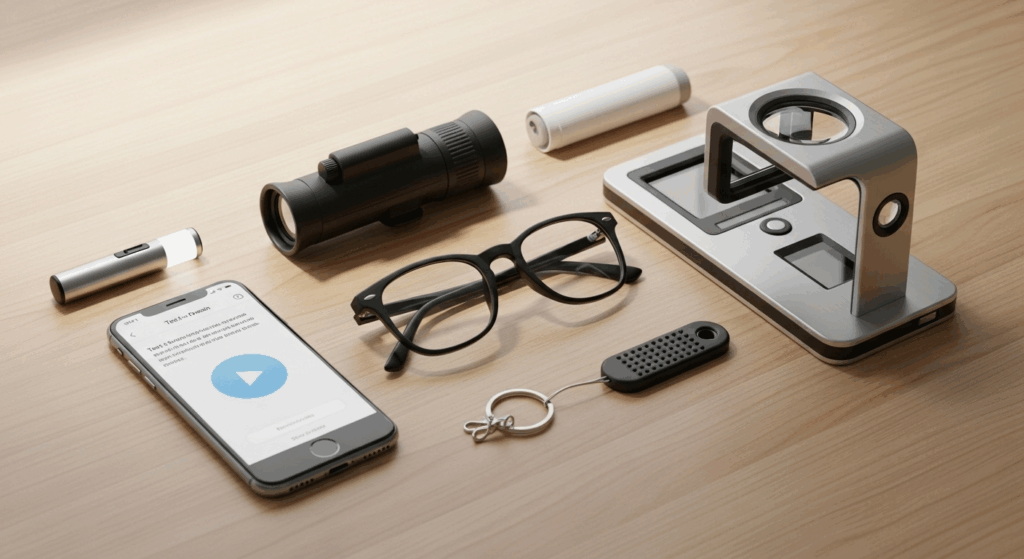
- Glasses or contact lenses: Can correct many refractive causes but aren’t a magic wand for all cases.
- Surgery (e.g., cataract surgery, corneal surgery, or some retinal procedures): May restore a lot of vision if the issue is surgically treatable.
- Low-vision aids: Magnifiers, electronic readers, telescopic lenses, and software can make daily tasks much easier even if acuity doesn’t return to normal.
Can glasses correct 20/200 vision?
Sometimes yes, sometimes no. If the cause is simply an extreme refractive error (very strong nearsightedness or astigmatism), a precise prescription can sharpen vision significantly. But if an underlying eye disease or structural damage is the issue, glasses alone often won’t bring acuity back to 20/20. Your eye doctor will test best-corrected visual acuity (BCVA) — that’s vision with the best possible glasses or contact lens correction — to see how much improvement is possible.
Can you drive with 20/200 vision?
Rules vary by state and country, but generally no — 20/200 is below the minimum acuity required for an unrestricted driver’s license in most U.S. states. Many states set the standard at around 20/40 in the better eye for regular driving. Some jurisdictions offer limited or conditional licenses (for example, with restrictions or after a driving test) or allow specialized devices like bioptic telescopes under strict rules — but those are exceptions and tightly regulated. If you’re wondering about licensing rules where you live, your state DMV or licensing body is the place to check.
Is 20/200 vision considered legally blind?
Yes — in the United States, a best-corrected visual acuity of 20/200 or worse in the better-seeing eye qualifies as legal blindness. That definition is used for disability benefits, eligibility for certain services, and access to support programs. Remember: “legally blind” doesn’t mean total darkness — many legally blind people have usable vision and lead independent lives with adaptations.
Living with 20/200 vision — practical tips
- Get a full eye exam and a clear diagnosis. That guides treatment and realistic expectations.
- Ask about low-vision rehabilitation. Occupational therapists and low-vision specialists can recommend gadgets, apps, and strategies that actually make life easier.
- Lighting and contrast help. Think brighter lamps, high-contrast labels, and bold fonts — simple changes go a long way.
- Use tech. Magnification apps, text-to-speech, and large-print displays are game changers.
- Plan for mobility. Orientation & mobility training can teach safe navigation techniques if vision is limited.

We often tell patients: treat this like upgrading your toolkit. You may not be able to change everything about your eyesight, but you can change how you do things.
When to see an eye doctor (urgent vs routine)
- See an eye doctor immediately if vision loss happens suddenly, is painful, or comes with flashes/floaters — those can be emergency signs.
- Schedule a comprehensive eye exam if you notice gradual vision decline, trouble reading, frequent bumps in mobility, or if you haven’t had an exam in a year. Early diagnosis often translates into better outcomes.
Conclusion
20/200 vision is a clear sign of significant visual impairment: you need to be much closer to see what most people can see at distance. It’s often enough to meet the U.S. definition of legal blindness, and it usually affects daily activities like reading and driving. But don’t lose hope — whether through glasses, surgery, low-vision aids, or rehabilitation, there are many ways to improve function and quality of life. The first step? A thorough eye exam and a clear diagnosis so you and your eye-care team can make a practical plan.
